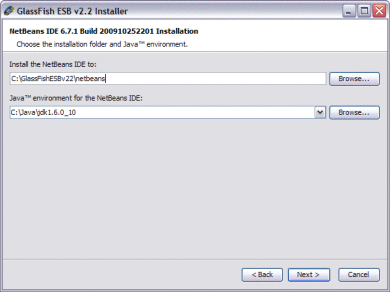

When you create the web service client make sure that you select IDE-generated static stub in the Client Type drop-down. Therefore, you cannot deploy a web service client that uses JSR-109 stubs to this server. The Tomcat Web Server is not a Java EE container.

The IDE also supports the Tomcat Web Server and its libraries for the following activities:ĭeploying web applications, JSP pages, and servlets.ĭeploying web services and web service clients.

You can start, stop, and debug the servers and deploy applications to them. The IDE provides basic support for these application servers. JBoss Application Server, Oracle WebLogic Server and IBM WebSphere Application Server. The IDE also automatically configures server resources like connection pools and JavaMail resources for this application server. There is a visual editor for server-specific deployment descriptors and the IDE updates the descriptors automatically as you write your code. You can stop and start the server, deploy applications to it, and view the deployed modules directly in the Services window. The IDE provides the fullest support for the GlassFish application server. The IDE supports the following Java EE application servers: It can also manage transactions of persistent entity objects and communicate with databases. Unlike a regular web server, an application server can run full enterprise applications, EJB modules, and web services. Any computer can be turned into a server if you install server software and connect the computer to the Internet.Ī Java EE application server, also known as a Java EE container, is any server that is fully compliant with the J2EE or Java EE platforms. A server is a computer that serves up applications.


 0 kommentar(er)
0 kommentar(er)
